The late 1980s must’ve been a great time to be Beretta. That was the time when they became a household name.
The Beretta 92F and 92FS were the guns to have.
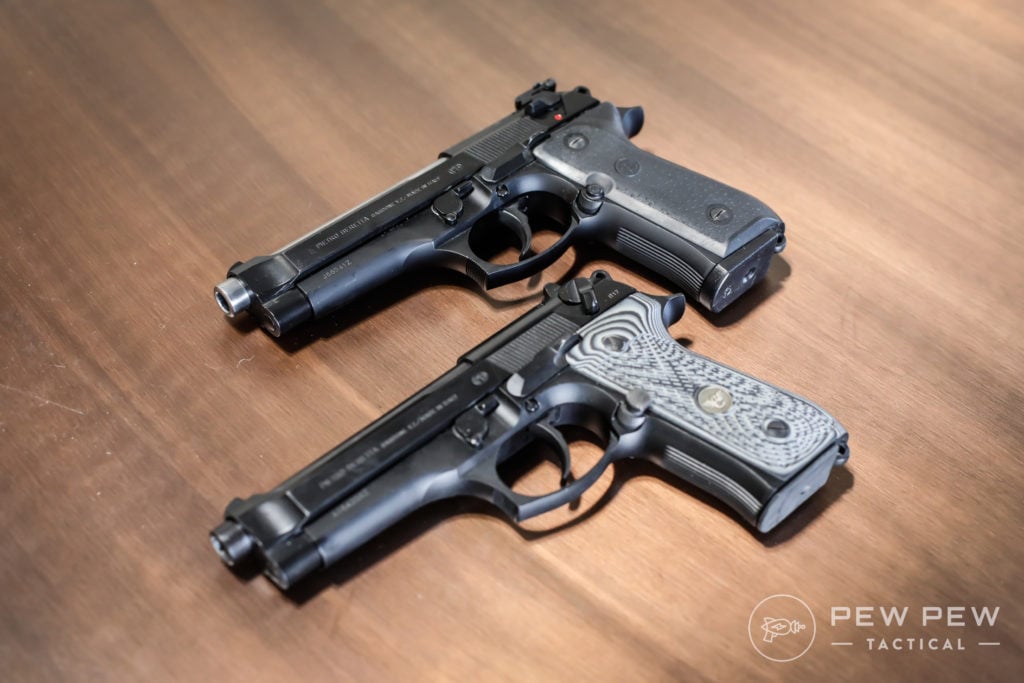
The wonder nine generation was in full swing, and the metal-framed DA/SA pistol ruled the market.
Beretta led the way and, in 1985, became the United States military’s sidearm of choice.
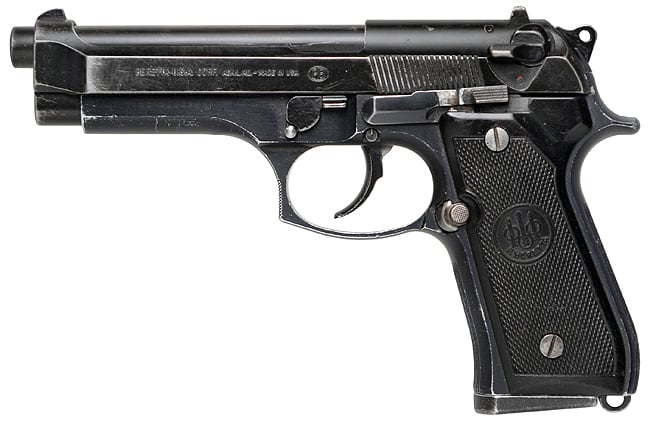
Perhaps more importantly, it became the choice of two pop culture supercops.
Normally I pick one movie and one gun, but I simply can’t for the Beretta 92 series. The gun starred in two big movies that became massive franchises.
The Beretta 92 armed LAPD Detective Martin Riggs and NYPD Detective John McClane in Lethal Weapon and Die Hard, respectively.
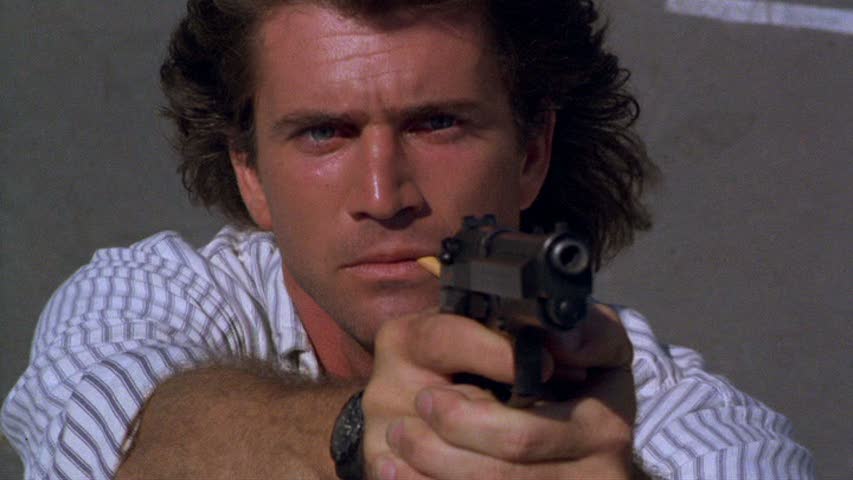
The Spaghetti Blaster
Let’s be clear. The Beretta 92F didn’t just pop up in both movies in the hands of the main characters. It’s the same gun used in both movies.
It’s the same screen-used prop. This specific model features an extended slide release that makes it quite recognizable.
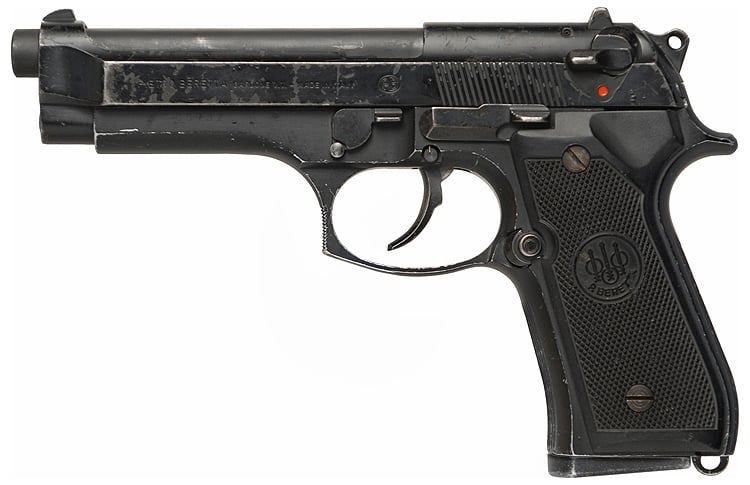
The Beretta 92F is almost identical to the FS. The same DA/SA action, the side slide-mounted safety/decocker, the same 15-round double-stack magazine, and fixed sights.


For 1987 and 1988, it was high-tech and top-of-the-line.
The weapon features an open slide design that’s rather interesting. The slide cutout over the barrel makes the ejection port massive. Riggs calls it out when he describes the gun as such,
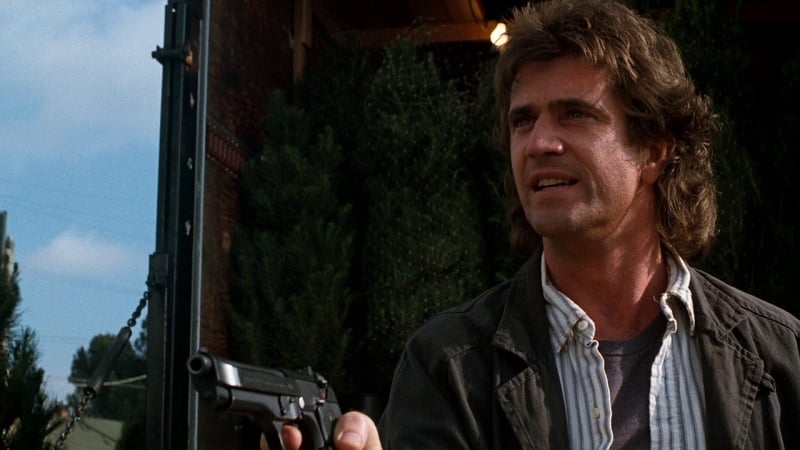
“Nine millimeter Beretta takes 15 in the mag, one up the pipe, wide ejection port, no feed jams.”
While some of that is just weird gun talk from a Hollywood screenwriter, the ‘wide ejection port’ is pretty accurate. That massive ejection port makes ejection reliable and consistent and makes fixing malfunctions easier.
That lighter slide design helped reduce felt recoil by reducing the amount of slide weight reciprocating rearward.
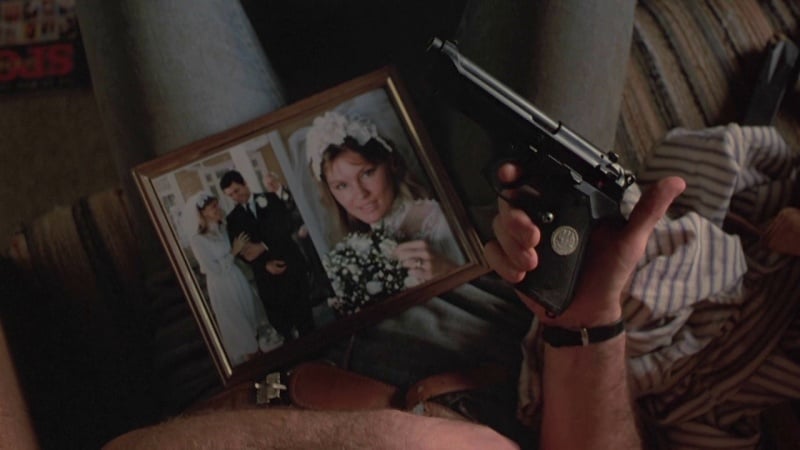
The big Beretta provides a thick grip and long trigger reach, a common complaint about shooters with smaller hands.
This gun has some heft to it, which helps reduce recoil. It’s a duty pistol from the ground up, and the size and shape reflect that.
Yippee Ki Yay
The action is somewhat grounded in both films, especially compared to 80s classics like Commando. Both Willis and Gibson handle the Beretta well in the film.
Their characters are well-versed in its use.
Rigg’s smiley face group at the gun range is a stunt that every gun owner has attempted since 1987. In the film, we see both cops engage in plenty of gunplay. They both use a high, two-handed grip on their 92F.
There are some silly moments, especially the Riggs role in Lethal Weapon, but it’s mostly good.
I like that when Riggs engages a helicopter, he uses a little cover but also rests the gun on the pillar to enhance his control.
The two-handed stance is predictably the Weaver, which makes sense for the 1980s.
With Die Hard, we see poor John McClane outsmart and outwit his opponents and, when necessary, outshoot them.
This includes shooting from a close retention position when hiding under a table.
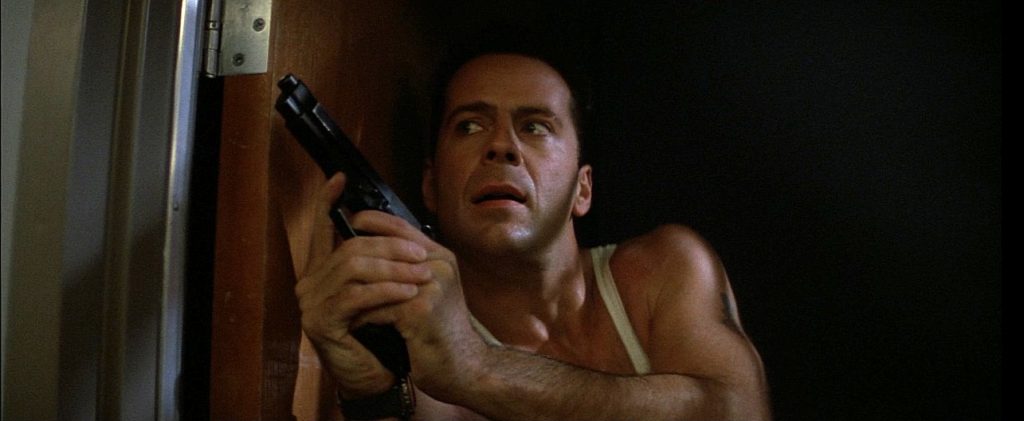
It’s no John Wick, but Die Hard built the road that got us to John Wick.
Both films are cop movie classics out of the late 1980s and both are still widely regarded as great action flicks. The Beretta served as the co-star in both movies.
It’s distinctive and was modern in a time when cops still slung six guns.
Final Thoughts
Die Hard and Lethal Weapon became franchises that would catapult the Beretta 92F into the mainstream again and again.
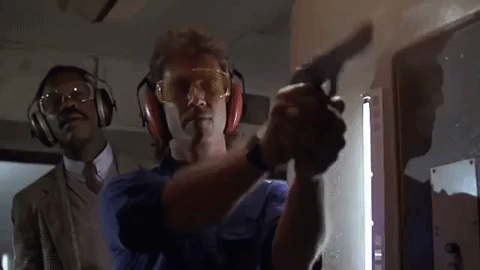
These films were huge and put the Beretta 92 series in the eyes of millions of people. It would star in films like Kuffs, Ricochet, Terminator 2, and many more.
To this day, the Beretta 92 series still pop up in films and media. It’s a distinctive gun that won’t retire anytime soon, regardless of what Glock says about it.
What did you think of the Beretta 92F? Give us your thoughts in the comments below. For more Guns of Pop Culture, head to our Fun Category!

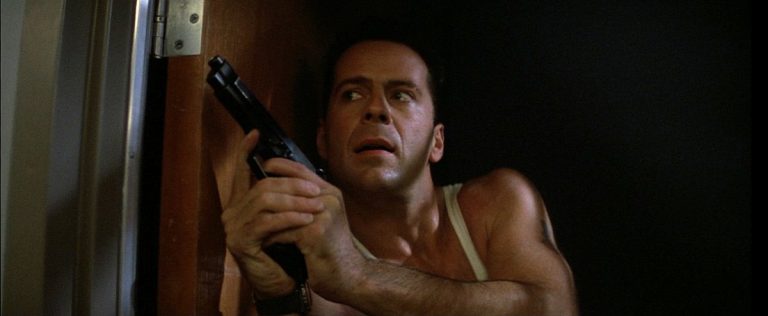
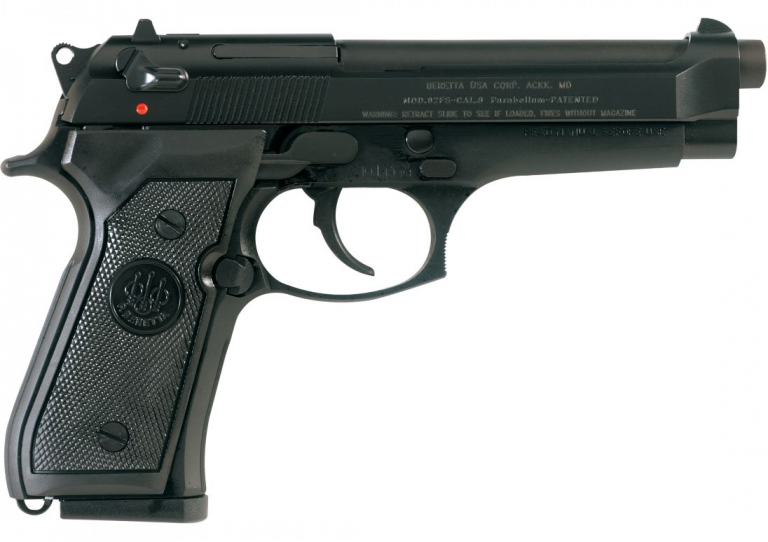







8 Leave a Reply
I have a minty 92F bought new in 1986
I have the 92x centurion 17rnds clipped + 1 in the tube making it 18 rnds on initial fire. It's a well balanced gun and easy to take down and clean. Very accurate and easy to fire.
I bought my first 92FS in 1989, and to be honest, it was due in part to the movies. The 92F or FS is a fine gun, and it remains one of the most accurate of the semiauto pistols in my modest collection. The fact that 92's locking mechanism doesn't tilt, but moves back and forth slightly gives the gun accuracy similar to pinned barrel guns.
I can see why folks with smaller hands would have problems. For me it's comfortable, but I wear 2XL gloves, so my hands are a tad bigger than average. My SIG P365 feels like a mouse gun in comparison.
Mel Gibson blinked when he fired. It killed some of the realism. A crack shot like Riggs would never have done that.
Good eye. I noticed that too.
Having grown up with both of these movies, thanks for a great write-up! I wonder where that prop gun is now?
According to a video Forgotten Weapons did with a Canadian movie prop house part of the reason the Beretta was so common in films was that it was surprisingly easy to turn a live ammo gun into a blank firing one. More importantly such a conversion was easily reversible so prop houses were willing to buy the guns in quantity as they were confident they could be resold as functional guns. By comparison converting a Glock requires permanent, destructive changes.
I believe it’s actually Murtaugh who says the 9mm Beretta” quote